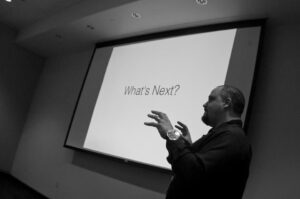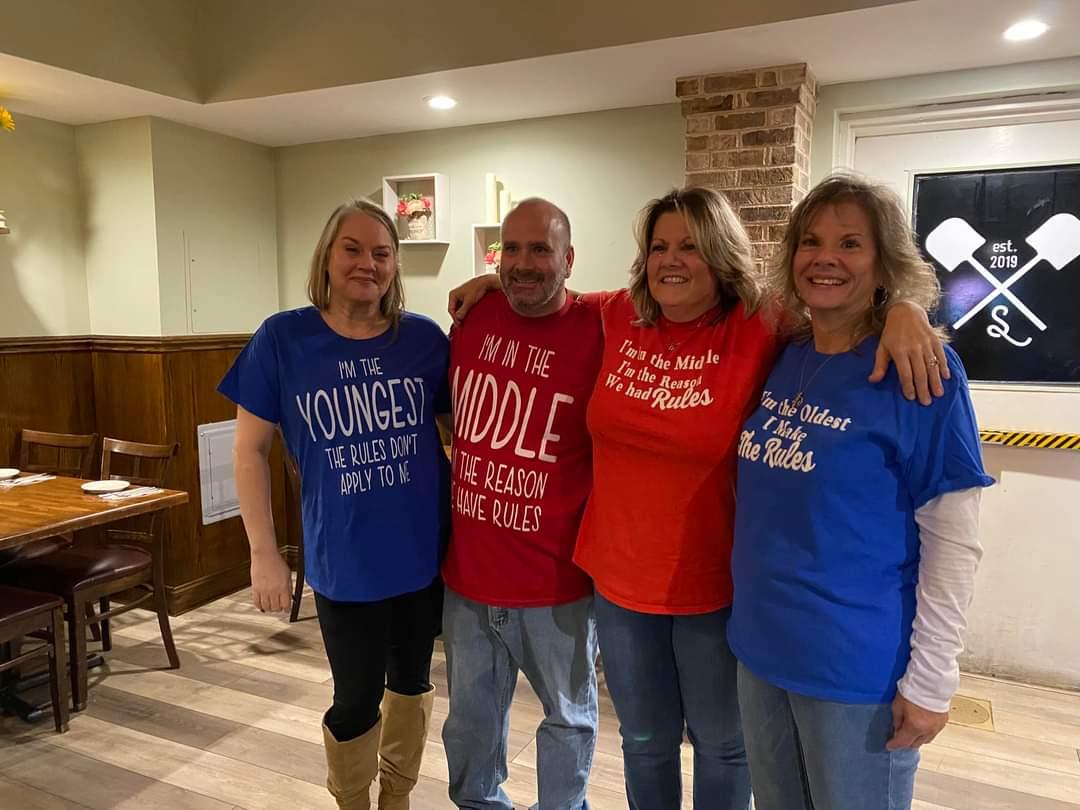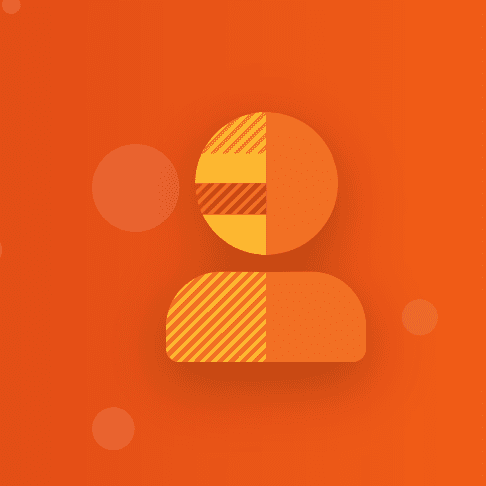23andMe offers people the chance to explore their own DNA, but for Jason Gullickson, that wasn’t enough.
Jason wanted to touch his data. He wanted to hold it up to the light and turn it around. He wanted to make it tangible.
A programmer who likes to make things, Jason is fascinated with what he can do with data, and for him, the magic happens when the data takes form.
“As a programmer, I am always dealing with complex data in a two-dimensional format on a computer screen,” he said. “I am always looking for ways to make that data easier to understand and digest using 3D modeling.”
Visualizing The Code
Using new 3D printer technology Jason likes to translate data into objects.
“Instantaneously when it comes out of the printer, I can understand so much more about the thing I have designed,” he said.
That is what went through his mind while he looked at his 23andMe data.
Jason works with code, using it to control the function of computers. In a way that’s how he sees DNA working in the human body. The three billion letters that make up the human genome are also a code. That code controls the production and function of proteins in the body and makes us what we are.
“Genetics has been something that’s been really interesting to me because I view DNA like a programming language for building cells. So I find it interesting to use that complex data as a method of encoding to create a three-dimensional display.”
Seeing 23andMe Data
23andMe tests about more than half a million locations in a person’s genome. The results are used to create customized reports and they help 23andMe give individuals detailed information about their genetic ancestry. But customers can also download their raw data – all the As, Ts, Gs, and Cs that make up the different single nucleotide polymorphisms (SNPs) that 23andMe tests.
At the start, Jason and his wife were motivated to join 23andMe to trace the family’s ancestry. So Jason, his wife, and daughter all sent in their 23andMe kits at the same time. When the results started coming in Jason recognized a familiar challenge. Jason wanted to transform the data into objects that can be held, compared and appreciated. One of the fascinating aspects of 23andMe is when family members get tested they can share their results.
Jason downloaded the 23andMe reports for his family and says with a laugh, “I thought, this is a lot of data.”
Using the Data
This time, however, the data was not just numbers. It was his family’s personal genome. He wondered if he could find a way to map their DNA onto something that was not just an on-screen visualization. Again he wanted to create something that could be touched and held.
Now he is toying with imprinting his and his family’s DNA results onto vases, even overlapping the information to create a genetic portrait of his family.
“The idea is to print one of these vases from each of my family’s gnome data and compare how the differences and similarities manifest themselves visually and texturally in the physical, tangible results,” he said.
He hopes that efforts like his to visualize his and his family’s genetic data will offer people a way to see themselves as both unique and connected. He’s even made available for free as an open-source document the computer code to generate a three dimensional model of your own genetic data.
23andMe provides genetic testing services for informational purposes; your results may or may not help you to search for or identify relatives or family members.



